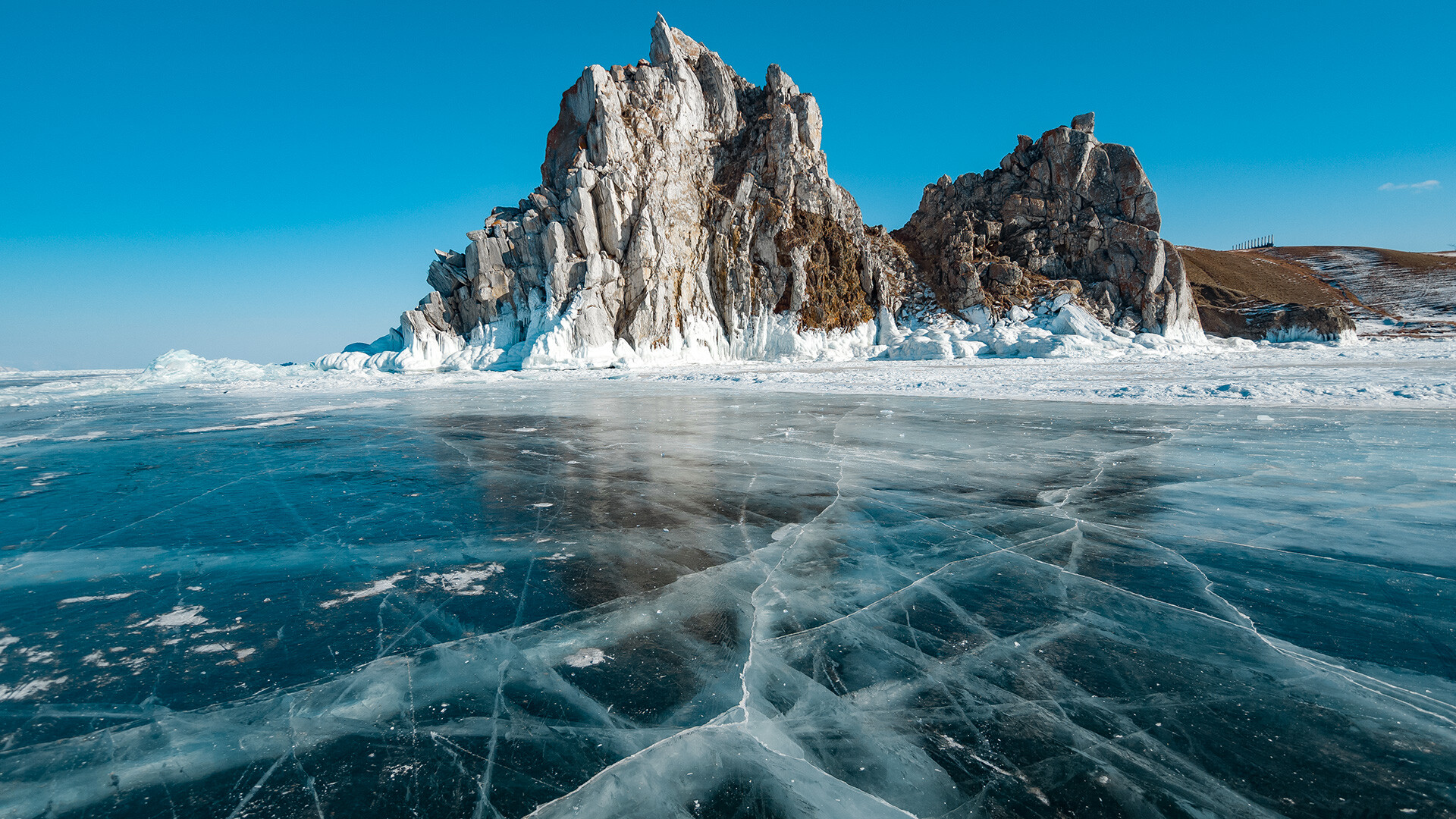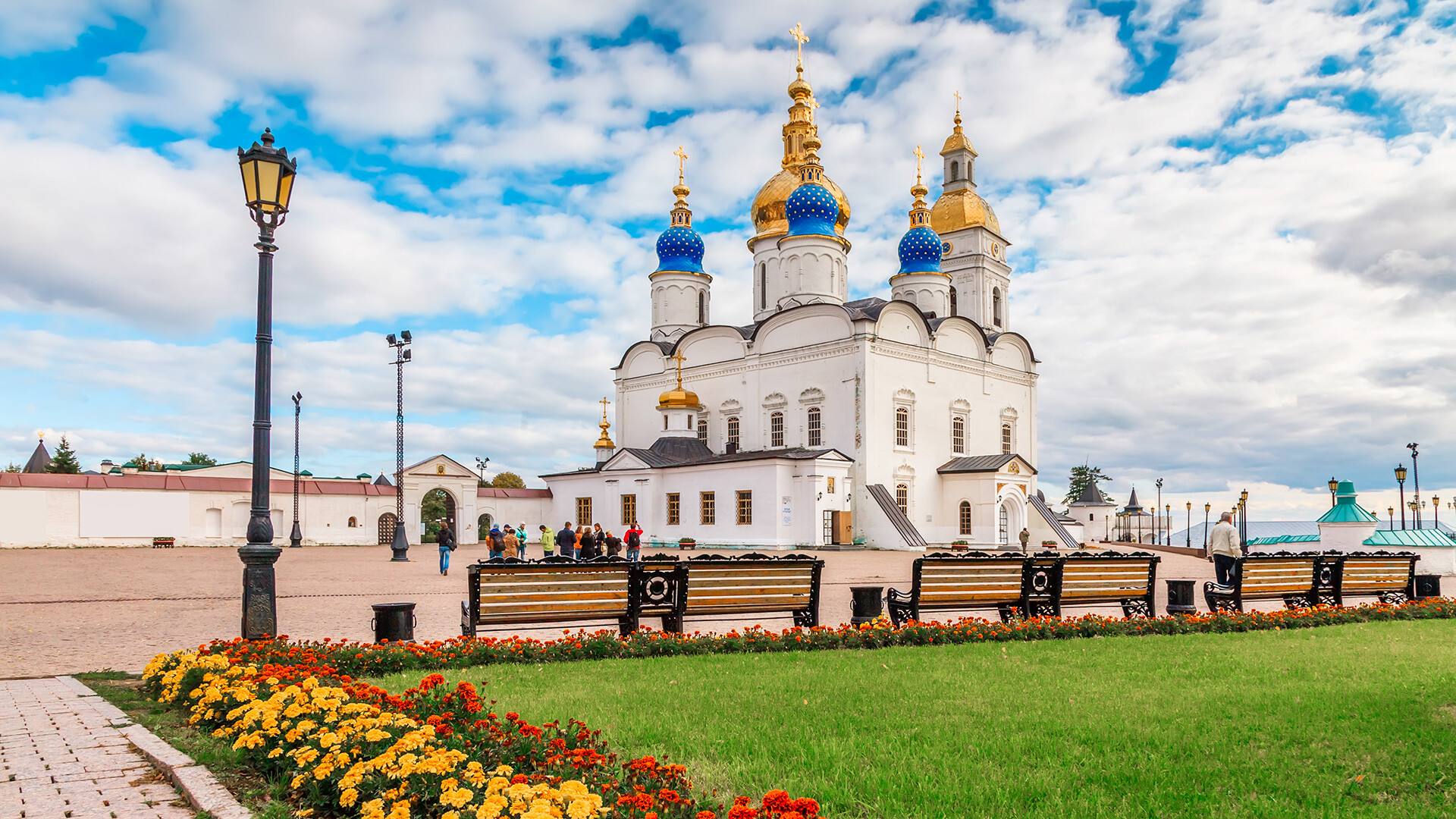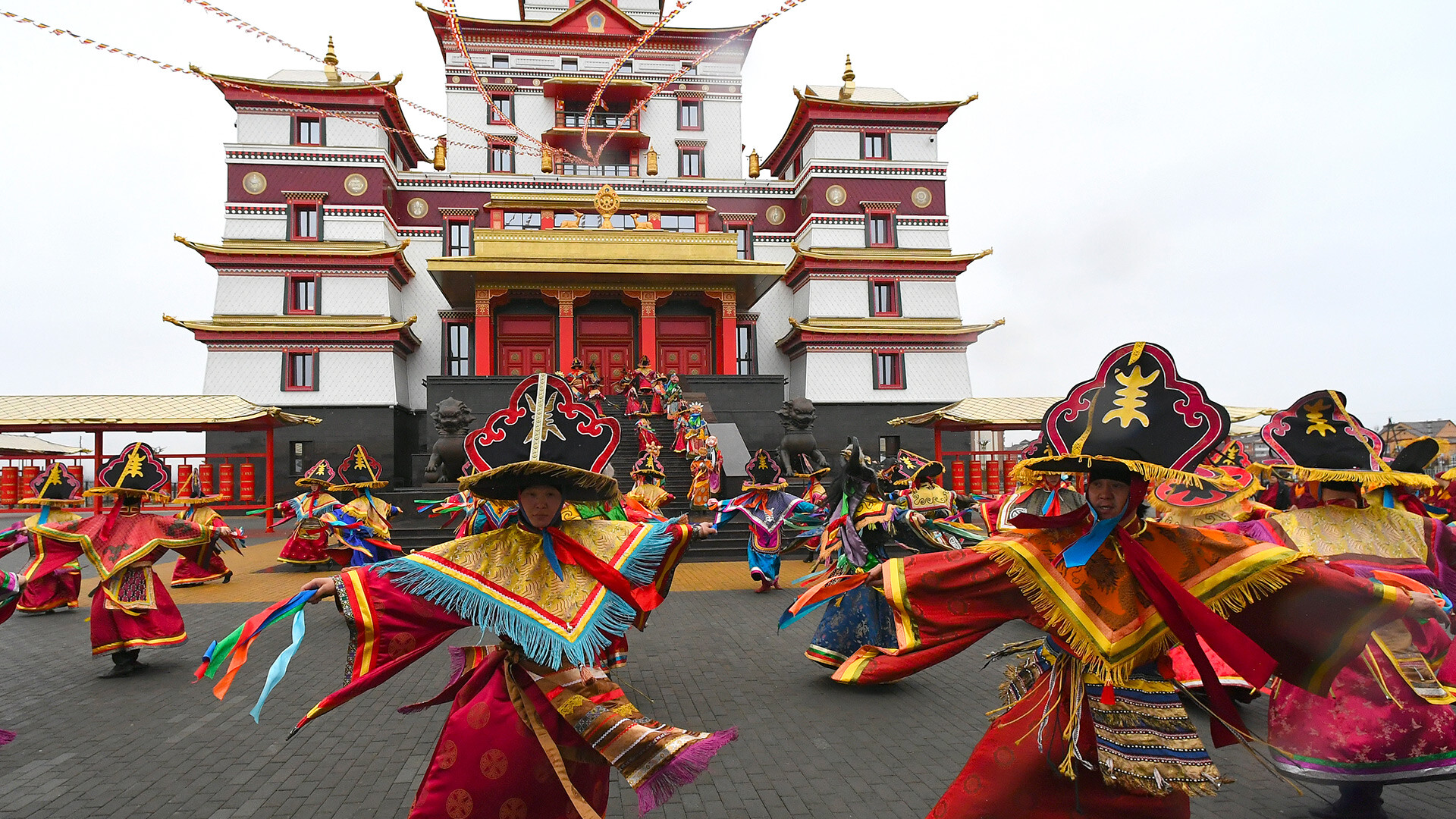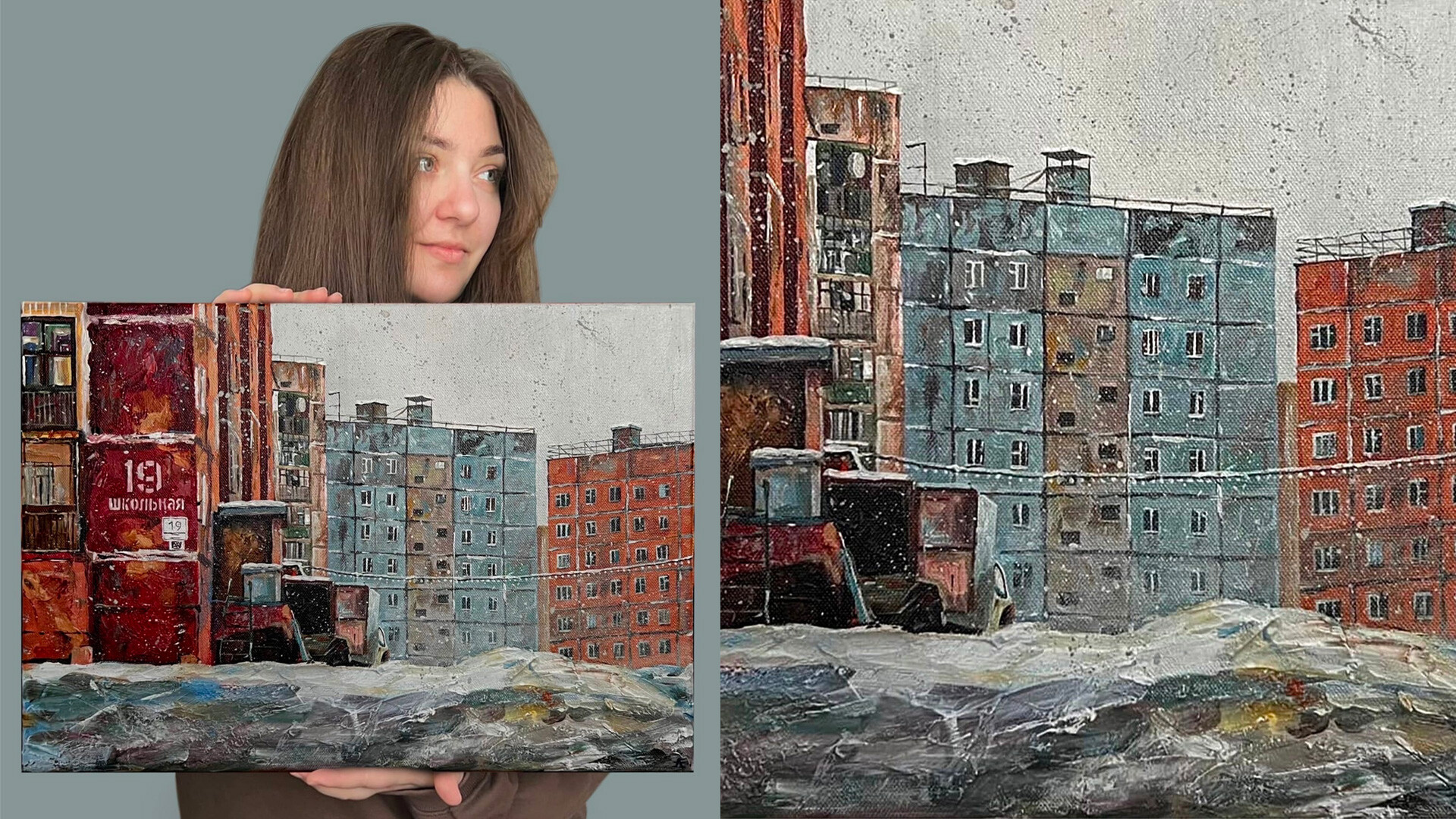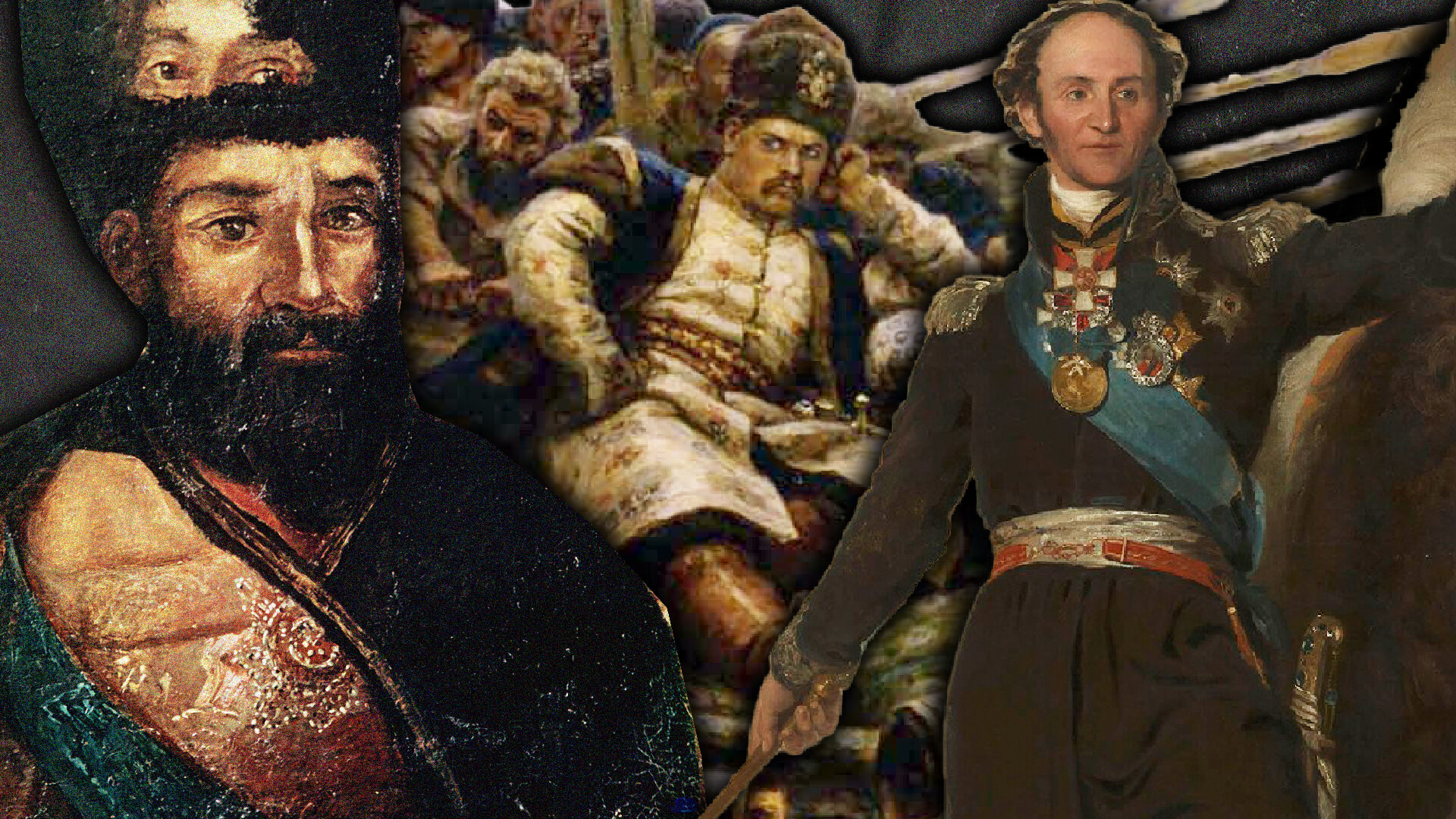
Why are Siberian cities 'besieged' by nomadic herders every spring? (PHOTOS)
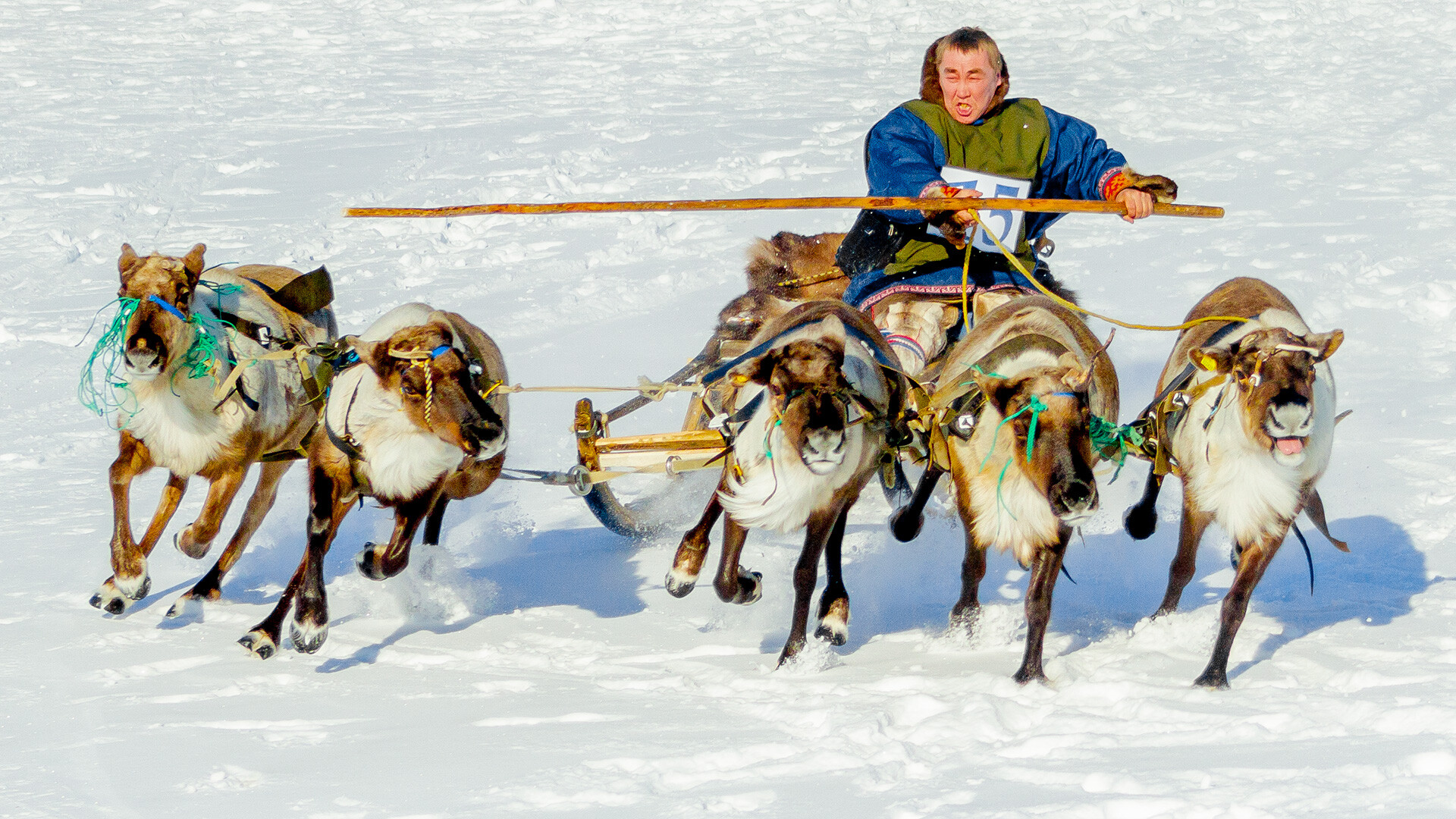
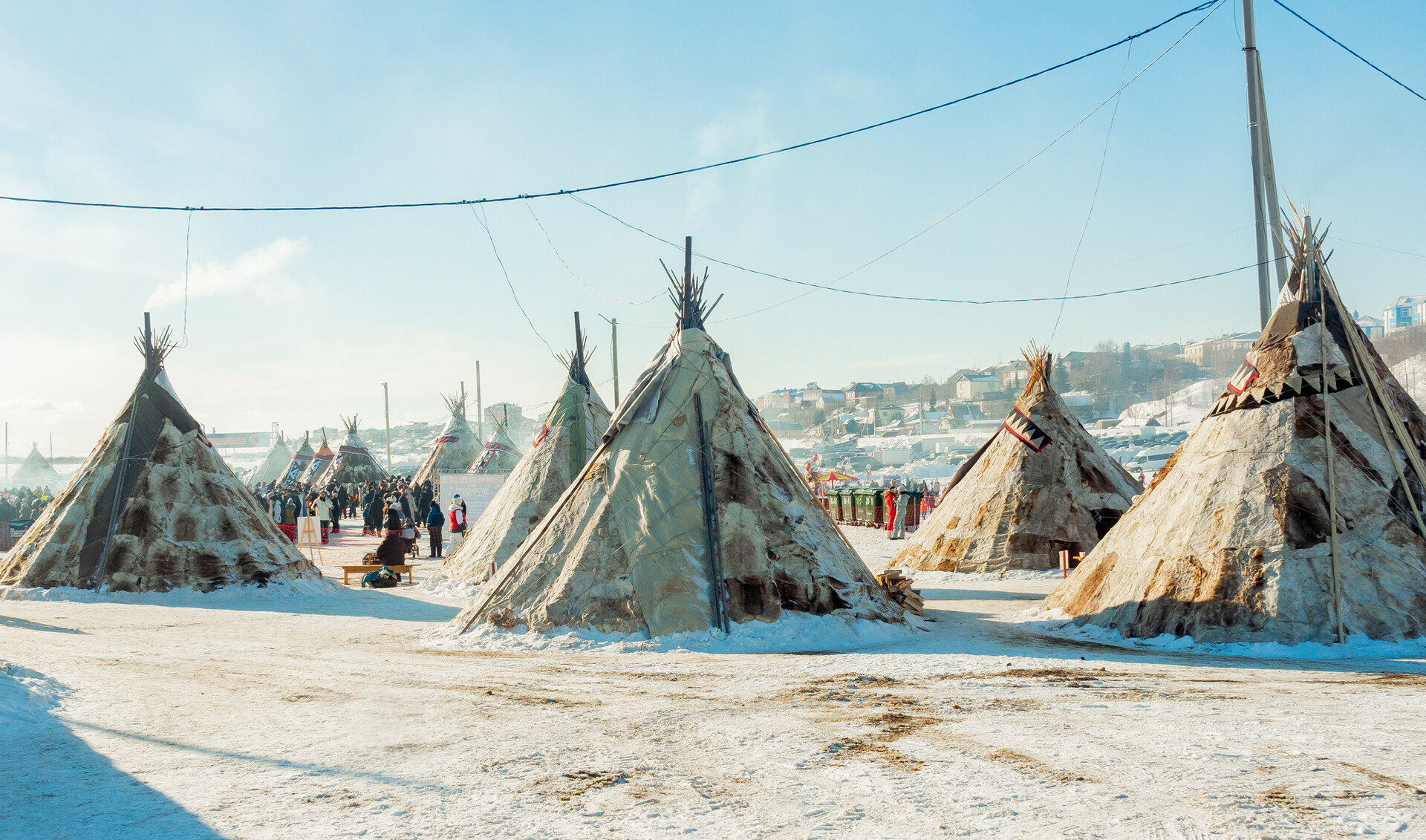
Just visualize the scene: On the banks of a frozen river, against the background of residential high-rise buildings and the chimneys of a heat-and-power plant, stand dozens of reindeer skin tents (known as ‘chums’) - as if there was nothing unusual about their presence there. And, on the river itself, right in the city center, a racetrack has been laid. And 45 reindeer sleds are simultaneously hurtling along it at a speed of over 40 km per hour! The track is only 2.5 km long, but it twists like a boa constrictor and its difficult bends make it very challenging to steer the sled.
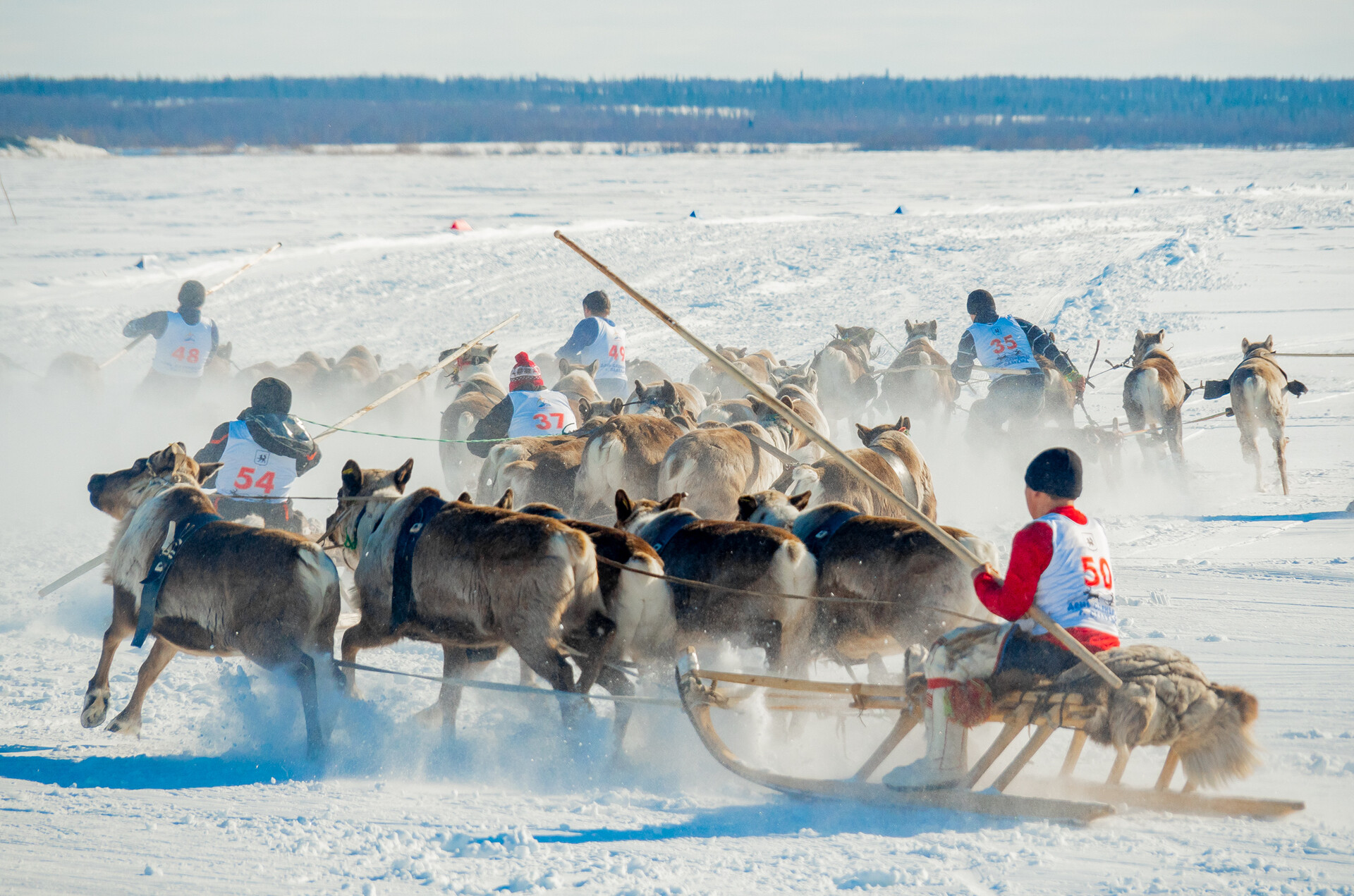
Passions run as high as at a Formula One race. Crowds of screaming fans gather around and everyone has their favorite.
The fastest reindeer in the team
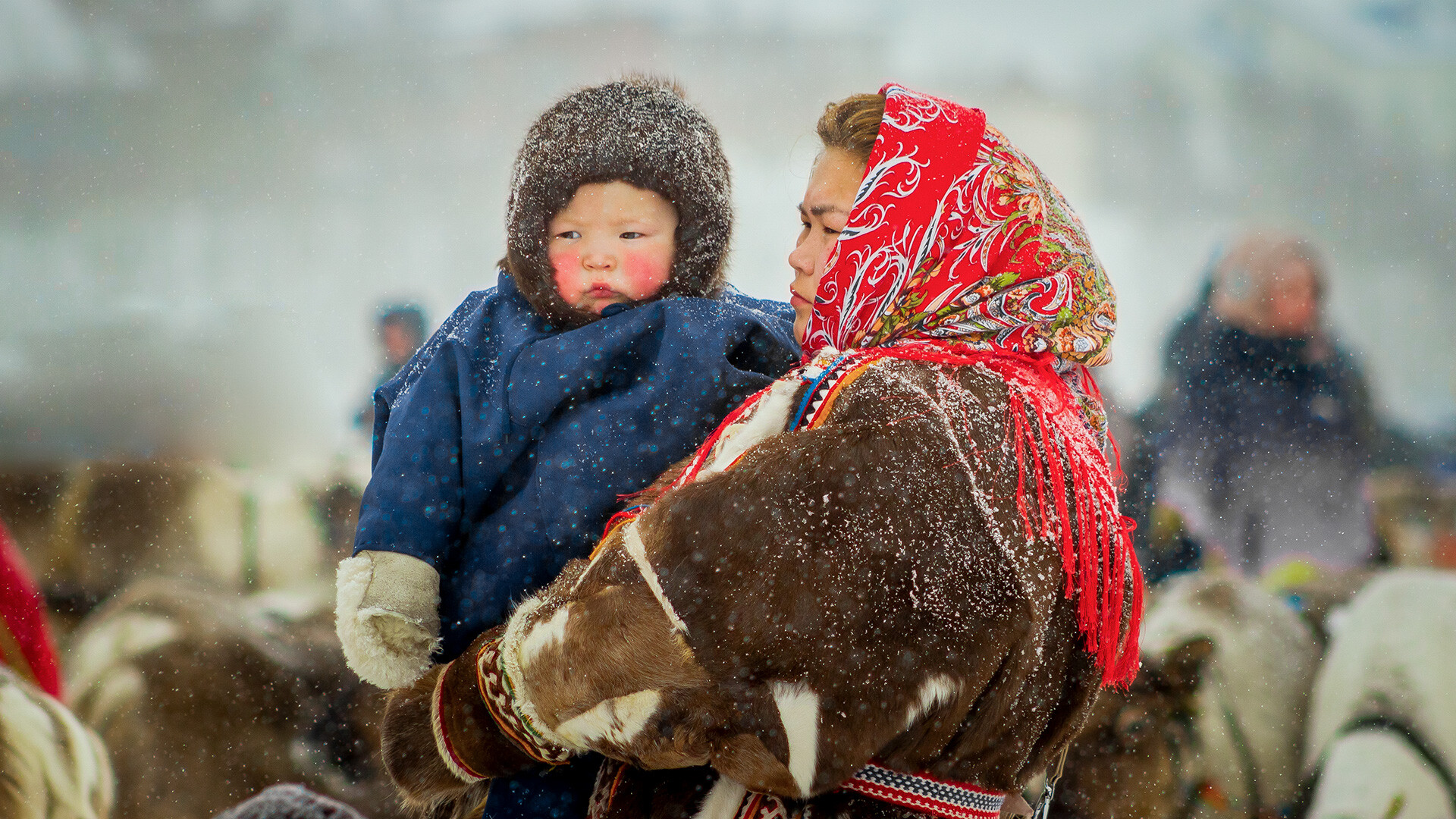
This event takes place every year in Salekhard, the capital of Yamal, and other cities of the Far North, when the reindeer herds move from their winter to summer pastures. The inhabitants of the tundra and northern taiga descend on the settlements and towns to celebrate their professional holiday, dubbed ‘Reindeer Herder Day’, on a grand scale.
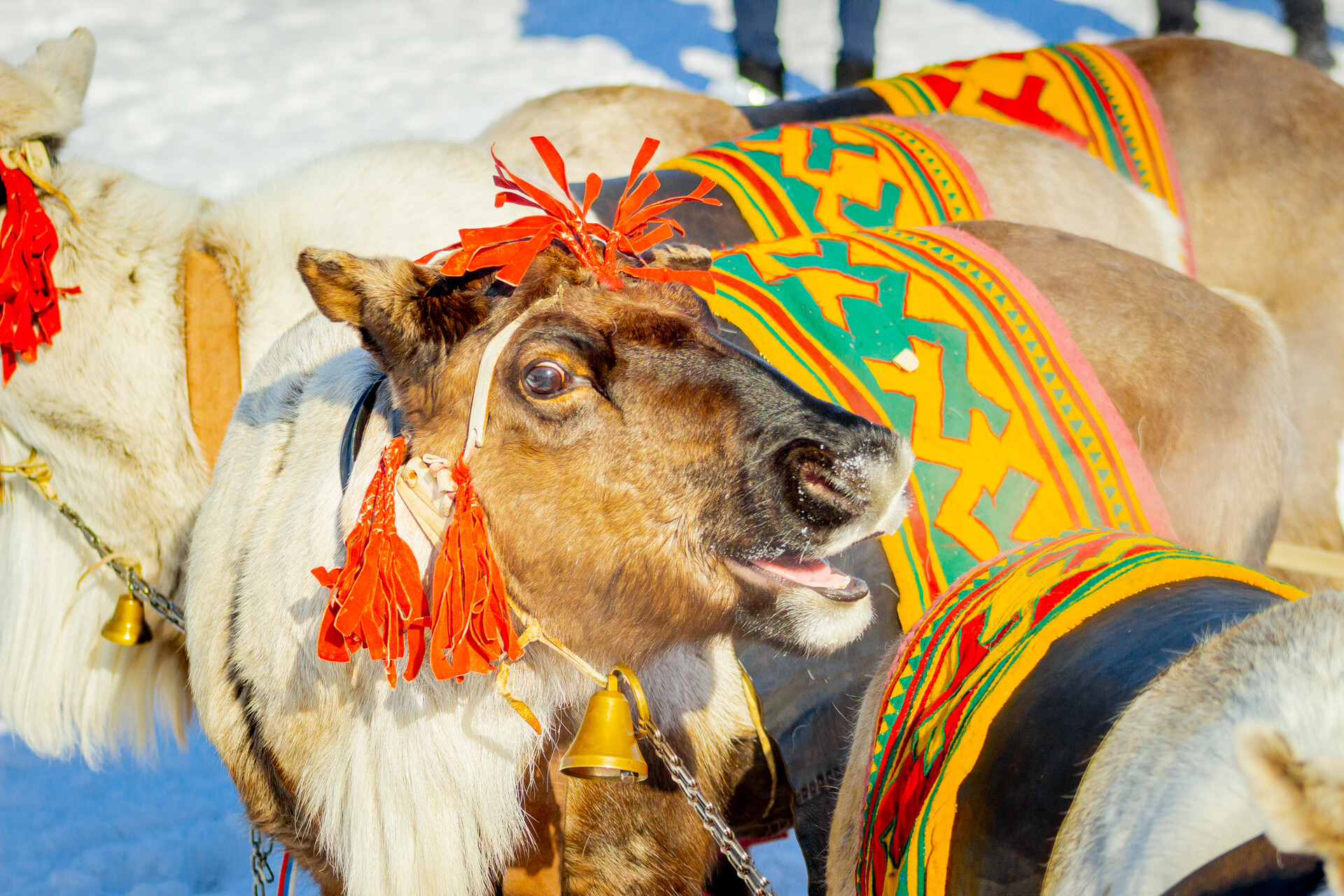
The holiday was established in the USSR in the 1950s. Firstly, in the Land of the Soviets, every profession was considered to be honorable and deserving of its own professional holiday and, secondly, it was a way for the authorities to put the ancient pagan “cult of reindeer” practiced by the nomadic peoples of Siberia onto a secular footing. But, in Soviet times, it was marked in a rather low-key manner. The reindeer herders were invited to an official ceremony at which speeches were made and awards presented to the best workers, followed by concerts and contests.
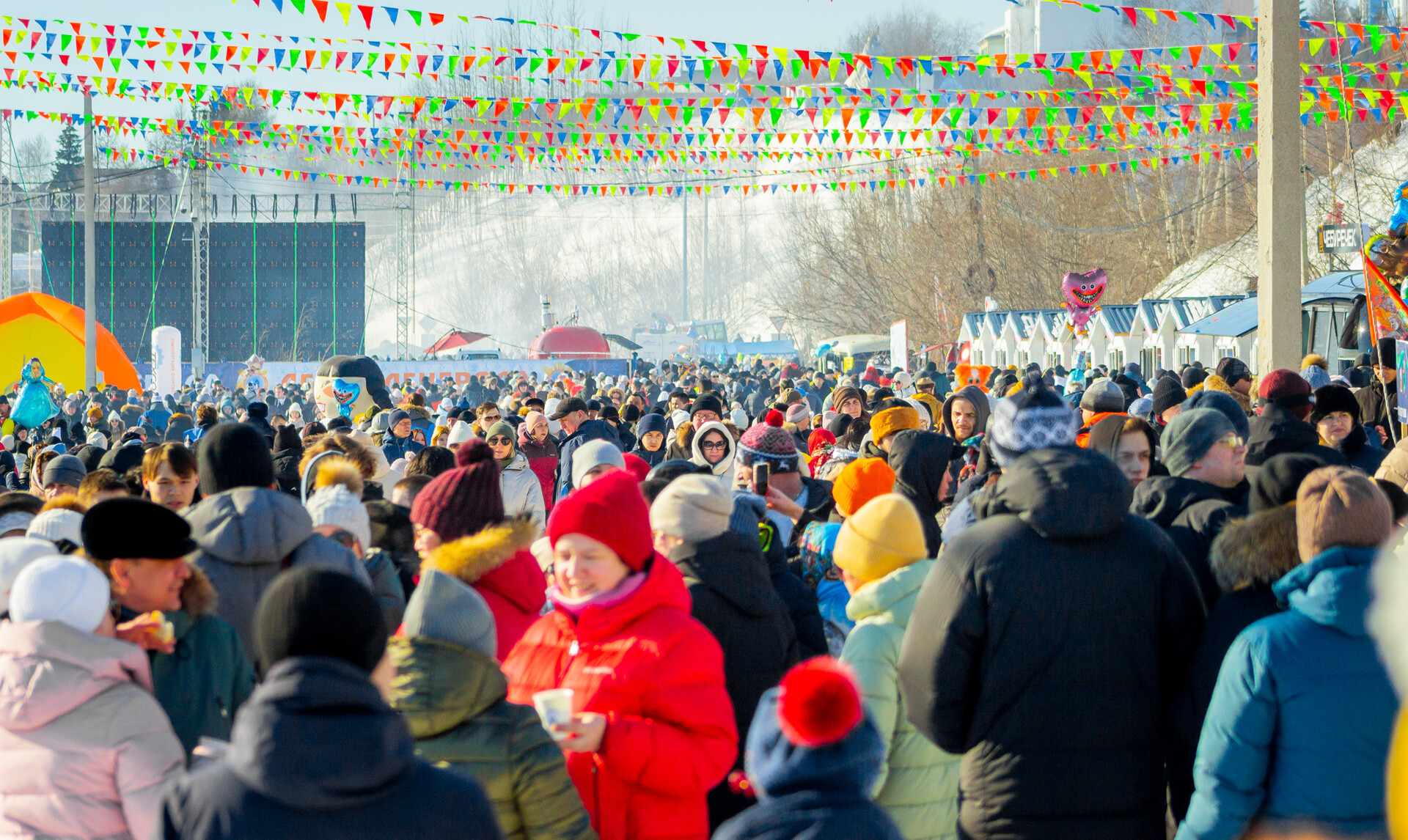
In modern Russia, the celebration has steadily assumed a grander scale. It has become a colorful festival attended by thousands of spectators. It is, after all, an extremely rare opportunity to get properly acquainted with the everyday lives of the nomads, to visit them in their ‘chums’ and to take a ride in a reindeer sled - not in the savage tundra, but downtown! This year, more than 50,000 people attended the event in Salekhard, the capital of Yamal, alone!
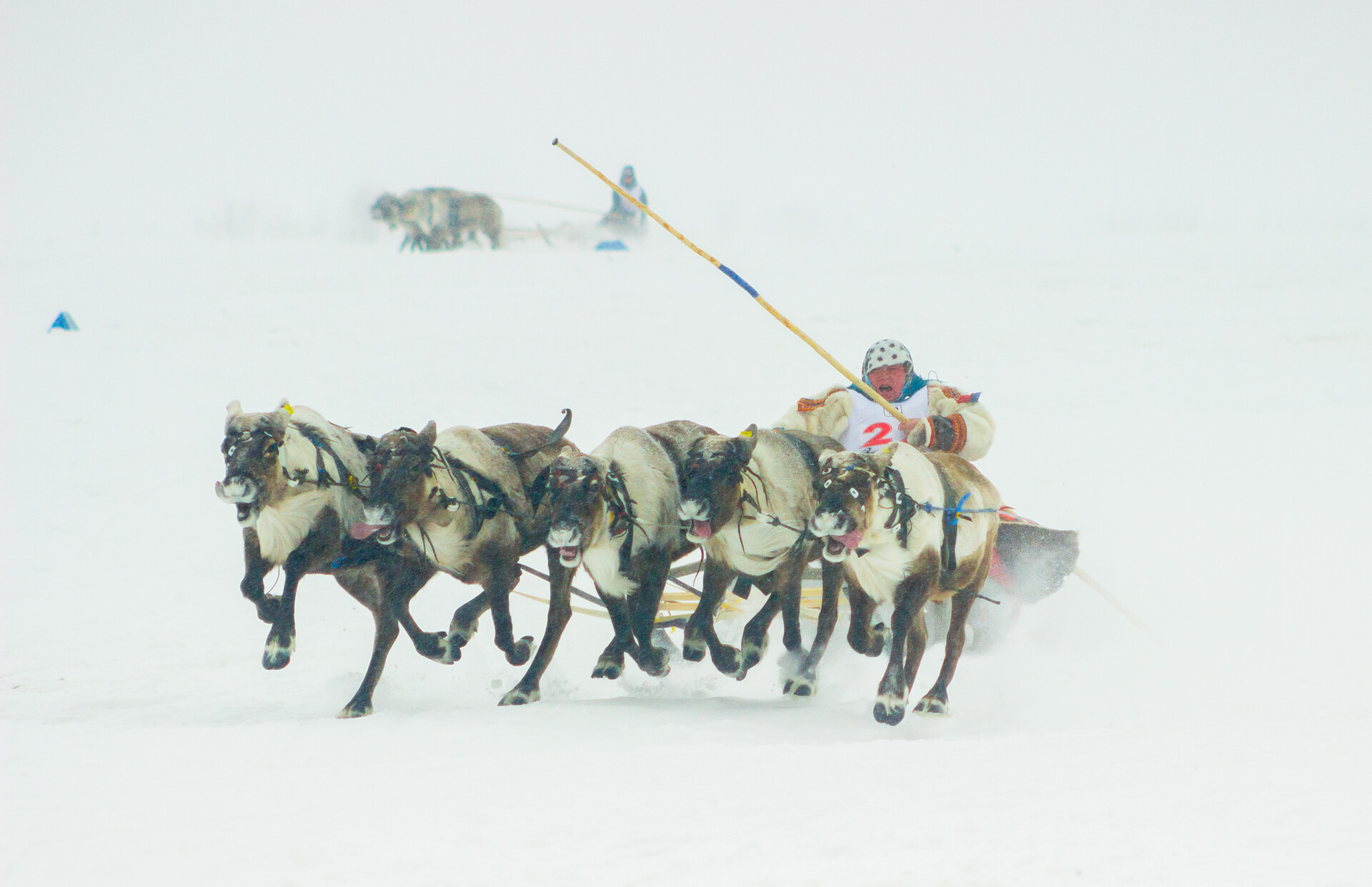
One of the main events of the festival are, of course, the reindeer sled races. Both men and women competed as ‘kayurs’ (reindeer-team drivers or ‘mushers’) in this year’s events. Each team has five reindeer, of which one is the lead animal, which pulls the others behind it. This year’s winner received a brand new snowmobile - an irreplaceable item in Yamal! So, the prize is worth the effort and there are an increasing number of competitors with each passing year.
Immersion in nomadic culture
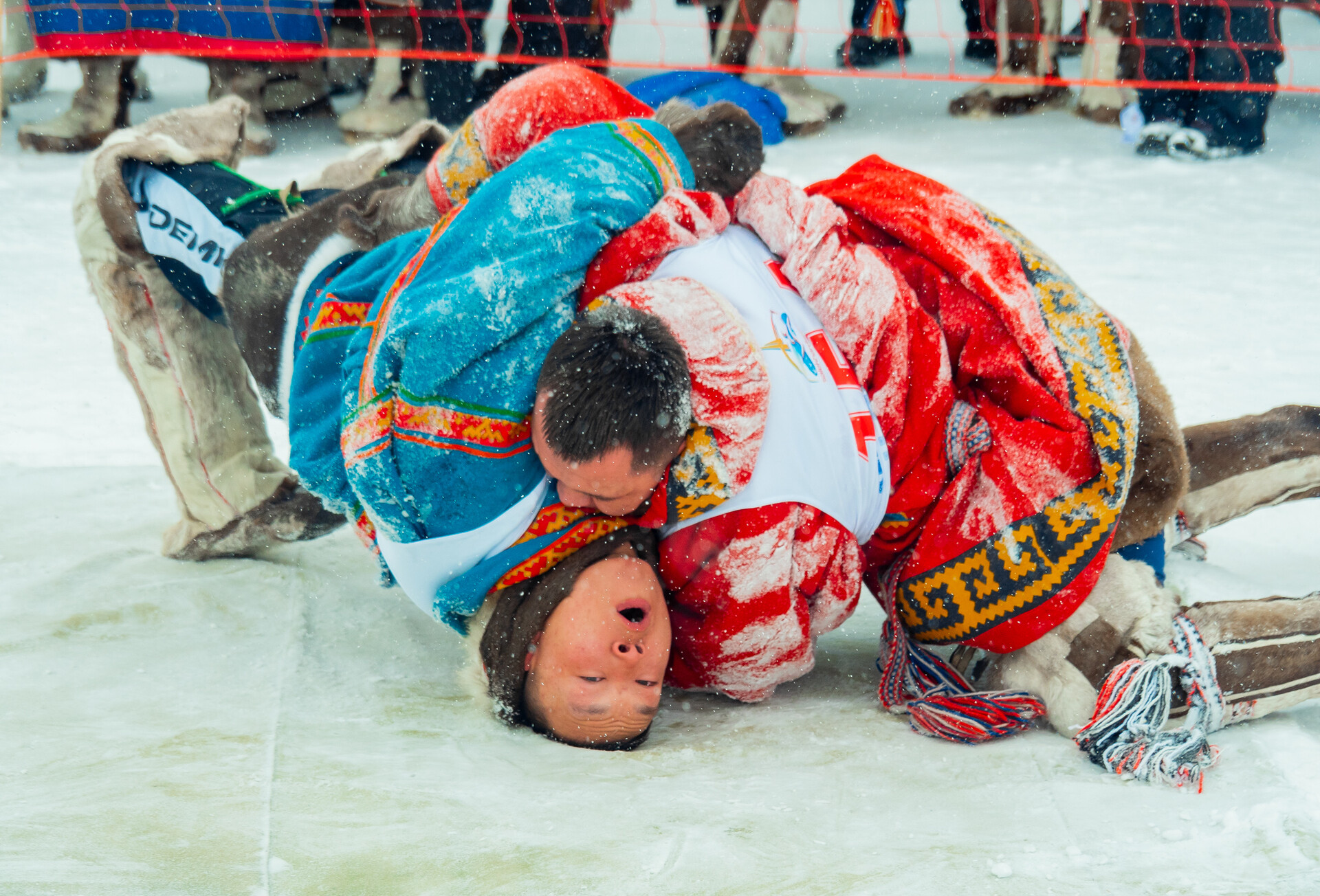
In addition to racing, the reindeer herders also take part in other traditional competitions - for instance, ‘Kuresh’ belt wrestling, which involves trying to pull one’s opponent to the ground.
On this occasion, more than 50 athletes took part in the northern multi-sport competition, which included stick pulling, throwing the lasso (‘tynzyan’) at a wooden pole (‘khorey’) and leaping over sleds.
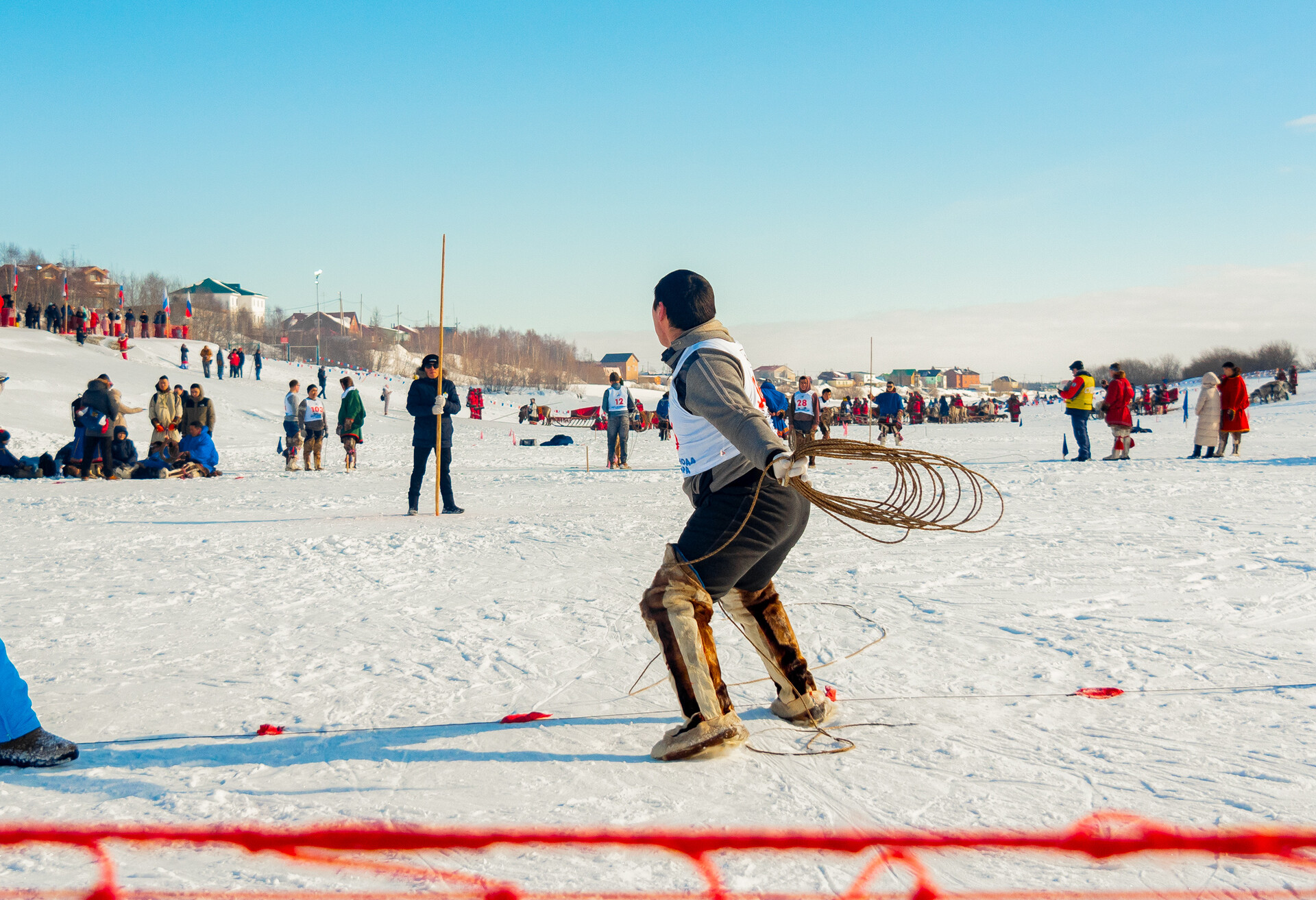
The best craftswomen demonstrated their national costumes on stage. Northern clothes are remarkably colorful and warm. They are sewn by hand from reindeer hides and fur and are decorated with northern designs.
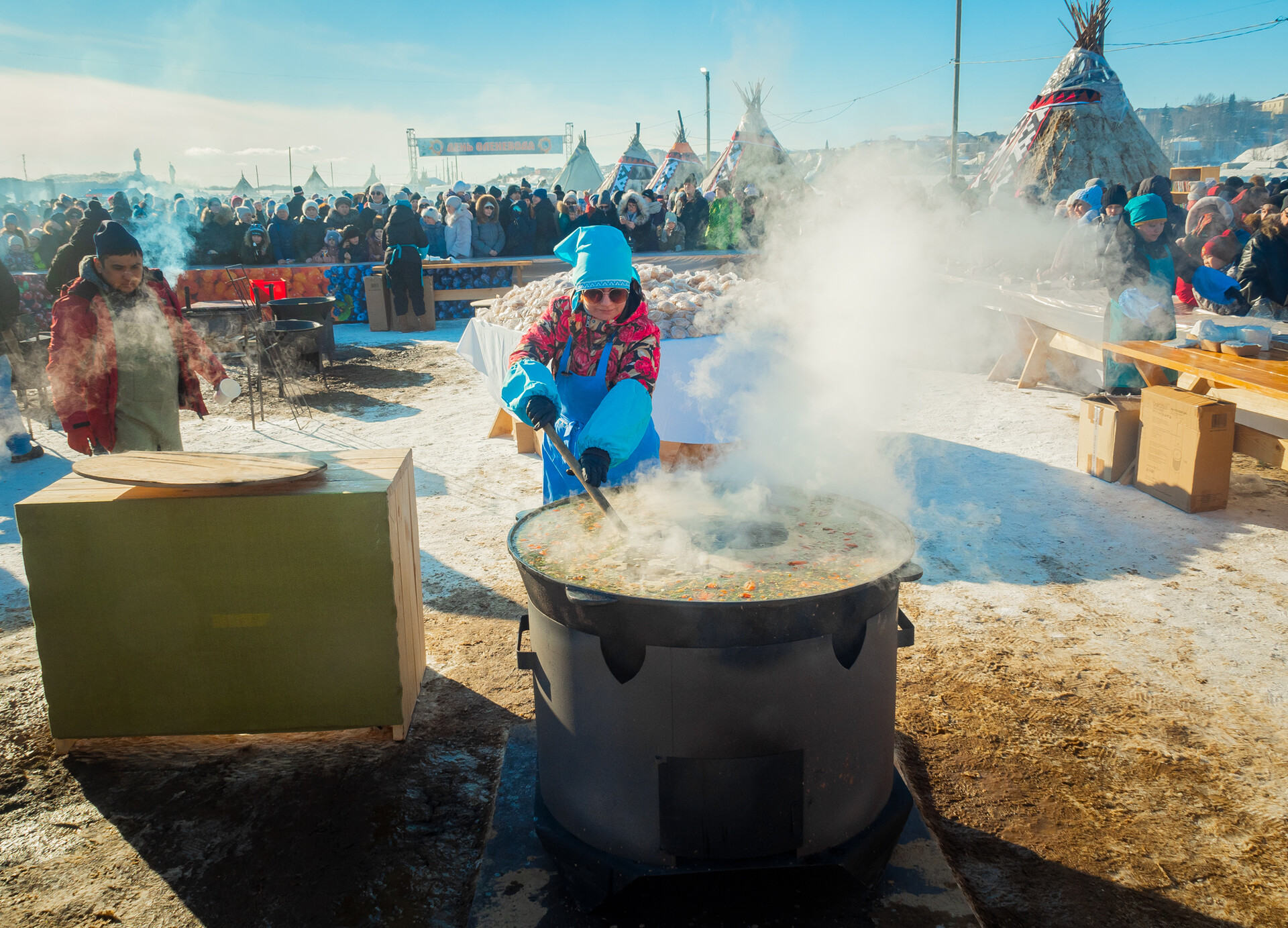
Yamal dishes were cooked nearby on an open fire: ‘ukha’ (fish soup), ‘stroganina’ (frozen slices of fish or meat), ‘shchuka’ (northern pike) and ‘shurpa’ (reindeer meat soup) (They even set a record for the latter - 202 liters!).
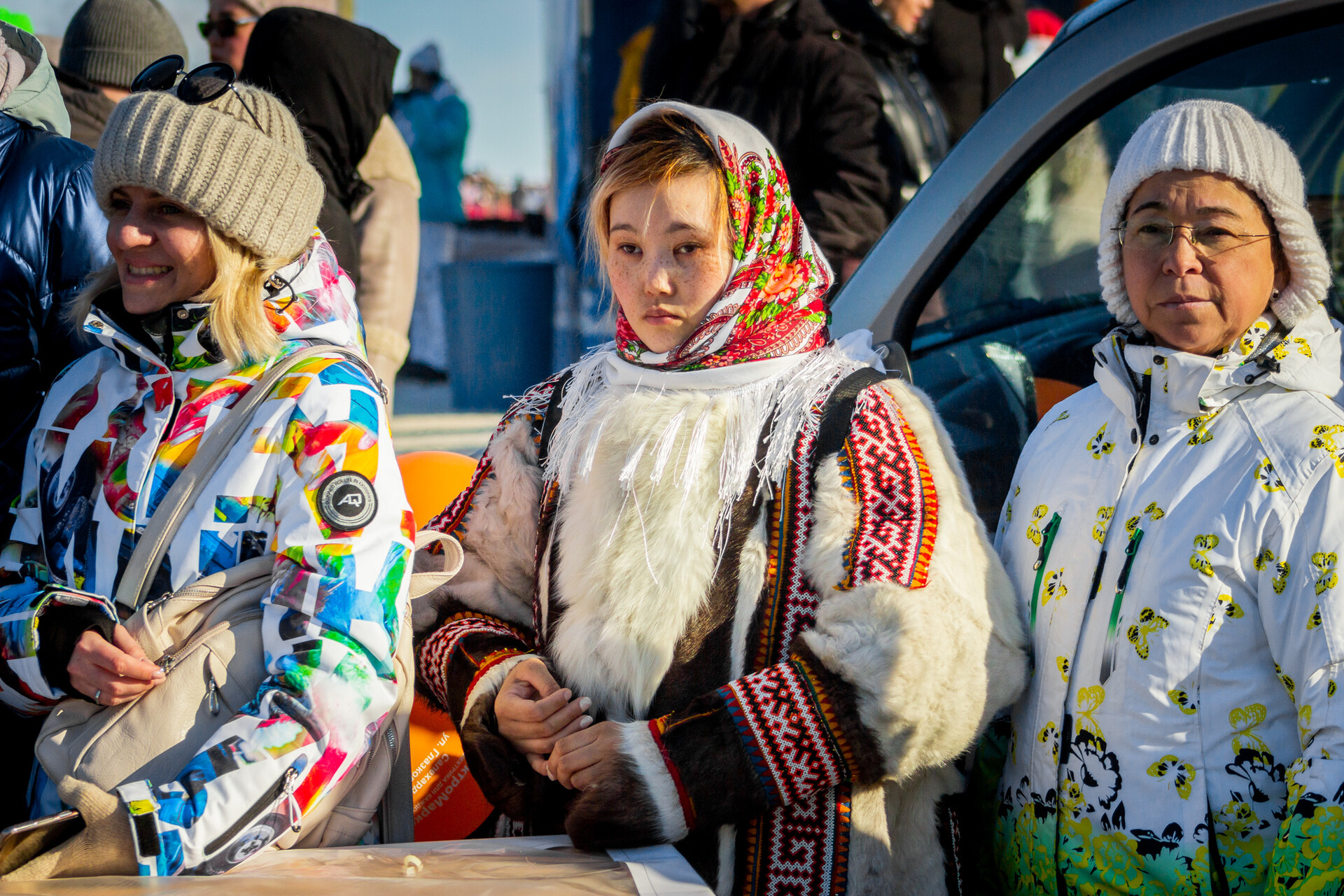
And, of course, every guest at the festival can enter a ‘chum’ and get to meet the members of the household personally. Maryam, homeowner of one of these nomadic dwellings which we visited, told us that, on the Yamal Peninsula, women receive their so-called “chum capital” upon giving birth to their third child. It’s a chum “assembly kit” and includes a stove, poles, floorboards, reindeer skins, tent cloth and a sled for transporting the whole lot.
What do the reindeer herders celebrate on this day?
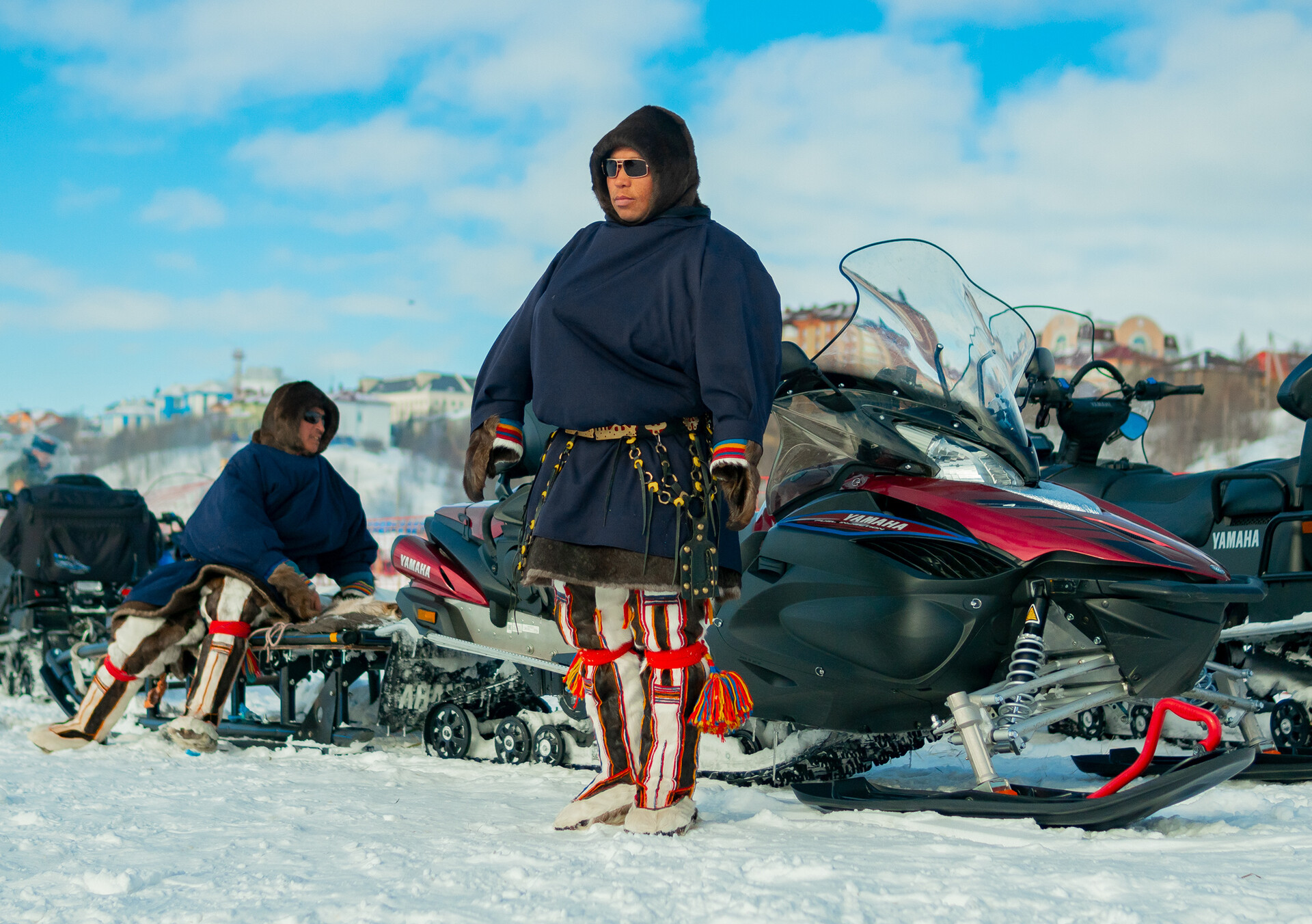
For the inhabitants of the Far North, where it is winter for much of the year, reindeer are not only a tribute to their traditions, but they continue to be a source of life itself. Reindeer provide food, material for the construction of dwellings and for making clothes and transport (there are no railways and no gas stations in the tundra, after all).
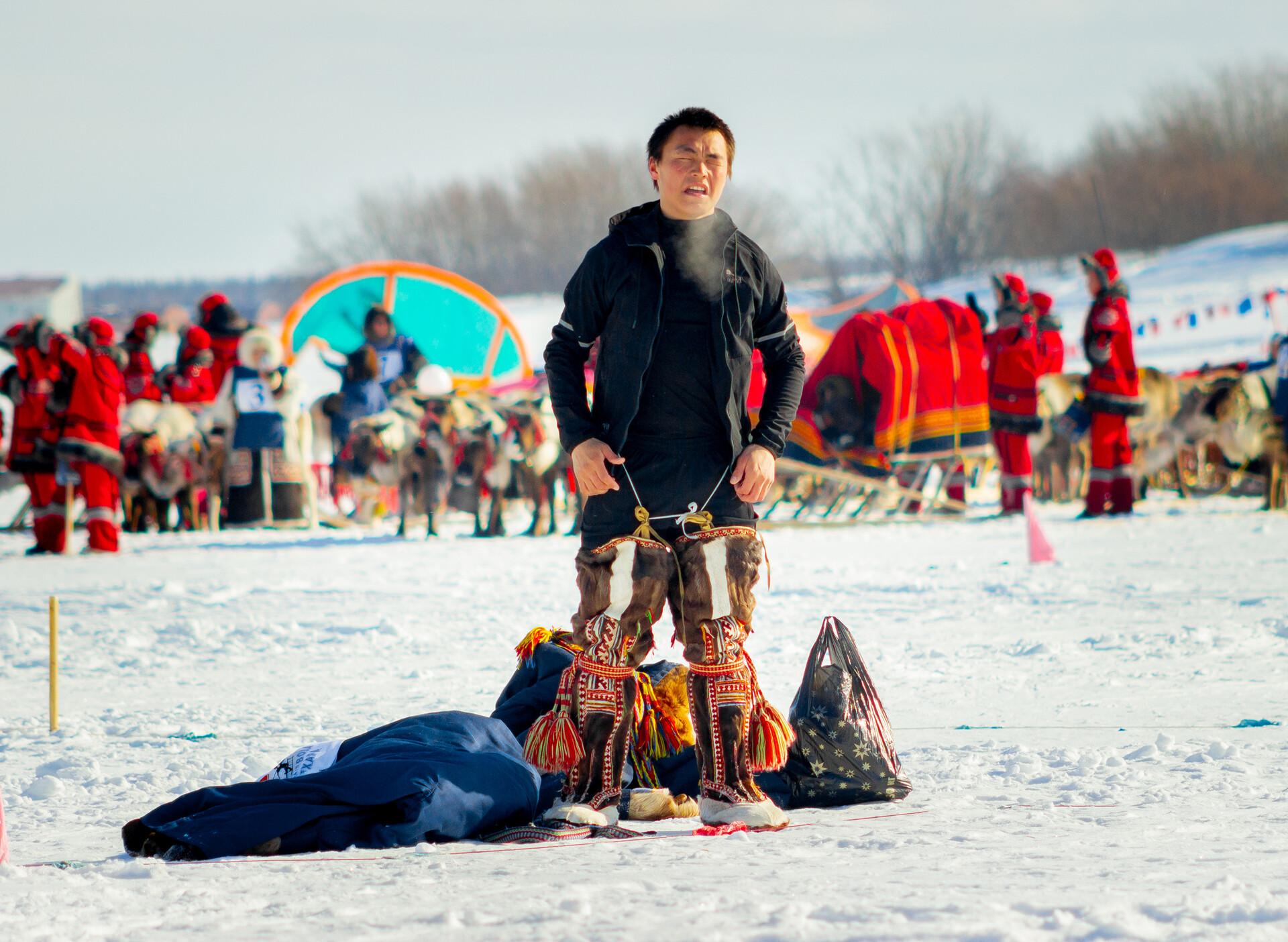
The Yamalo-Nenets Autonomous Okrug is the principal “reindeer” region in Russia. More reindeer reside there than people: 760 thousand animals compared with 510 thousand human inhabitants. Russia has upwards of 1.6 million northern reindeer, which accounts for 60 percent of all the reindeer in the world.
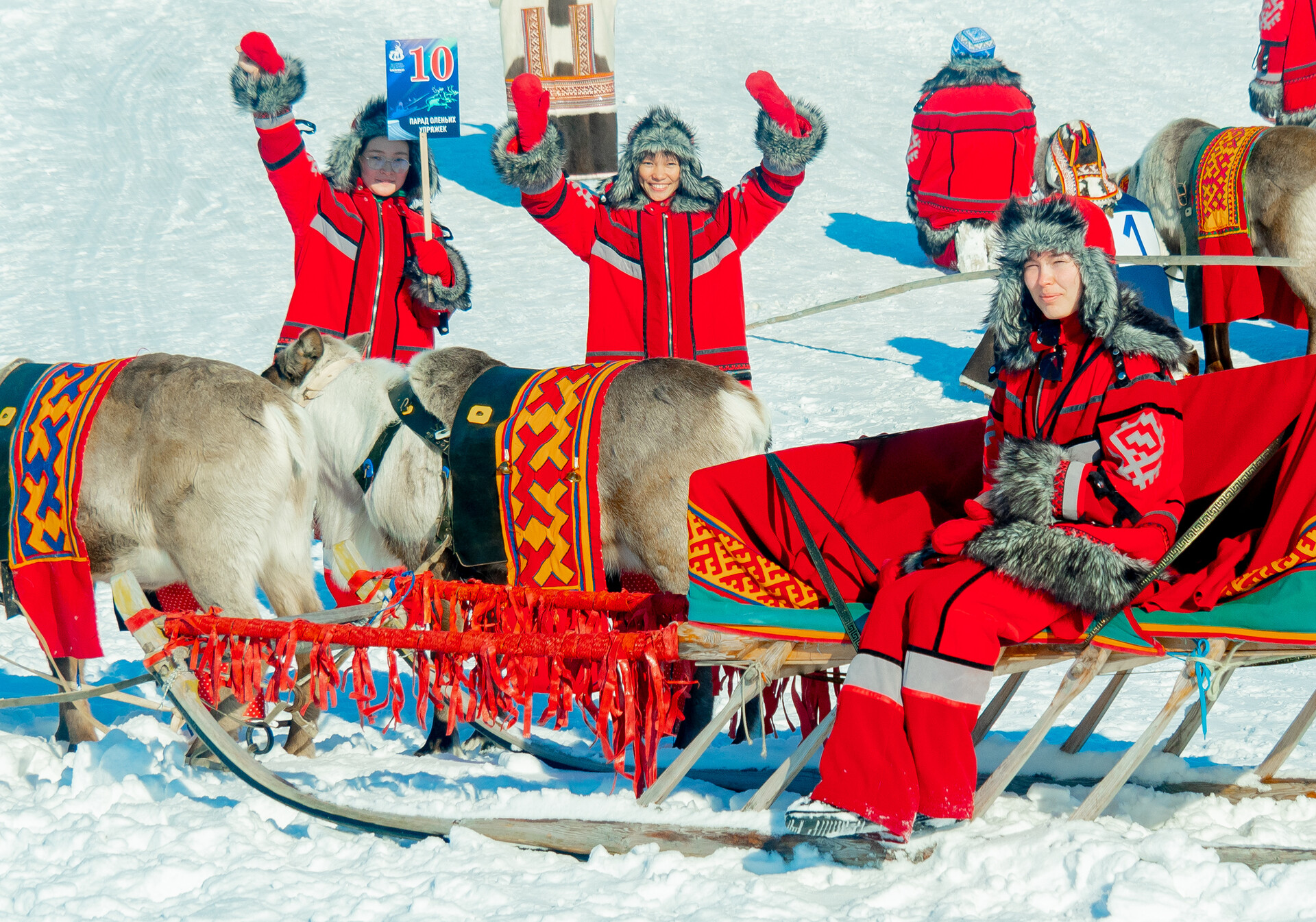
Reindeer constantly migrate in the search for the richest food and those who herd them need to constantly change their location to keep up with them. Around 10,000 people lead nomadic lives on the Yamal Peninsula - they are, by and large, the Nenets, Khanty, Selkup and Komi ethnic groups.









